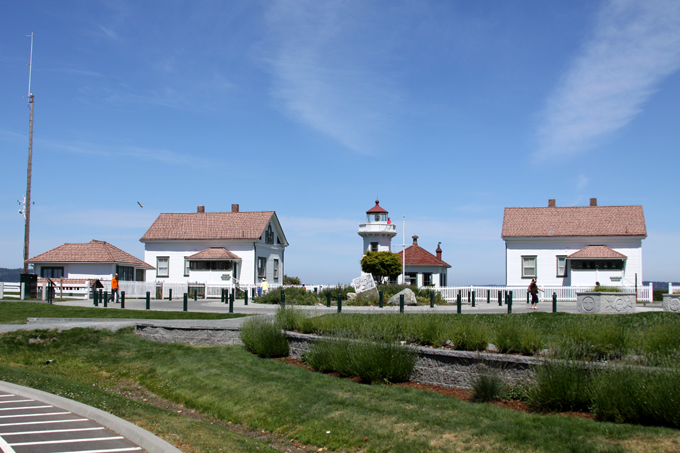There are five methods of annexation, and three can be feasibly used due to the size and location of the annexation area: the Election Method, the 60% Direct Petition Method, and the 50%/50% Direct Petition Method.
Mukilteo’s past annexation efforts involved a City Council-led election method. The election methods (either 10% of voter-led or City Council-led) would require a majority vote of people in the annexation area to approve. The main advantage is that the annexation issue can be decided on by simply adding the issue to ballots and mailing them to area voters. The main disadvantage is that waiting to vote for annexation until an August primary or November general election lengthens the annexation process, which can mean more time for livability issues to occur and potentially grow.
The direct petition methods (either 60% of assessed property or 50% of voters & 50% of acreage) would require signatures from the respective percentages necessary, and this means canvassing the neighborhoods. That can take a long time. Additionally, because these methods require signatures from property owners, it can be an issue getting signatures from owners who aren’t living in the area, such as business owners and “absentee” landlords. The only advantage of this method is that if the requirements are met in a relatively short amount of time (which is unlikely), then it could be a faster method than a direct vote.
It’s always good to have a backup plan, and if the annexation process takes a relatively long time, residents should take their concerns about land use to the county. Since the county currently controls zoning in the unincorporated areas and is currently working on an update to the area’s zoning, advocating for the zoning changes on the proposed city zoning map would be beneficial to the livability of the area.

